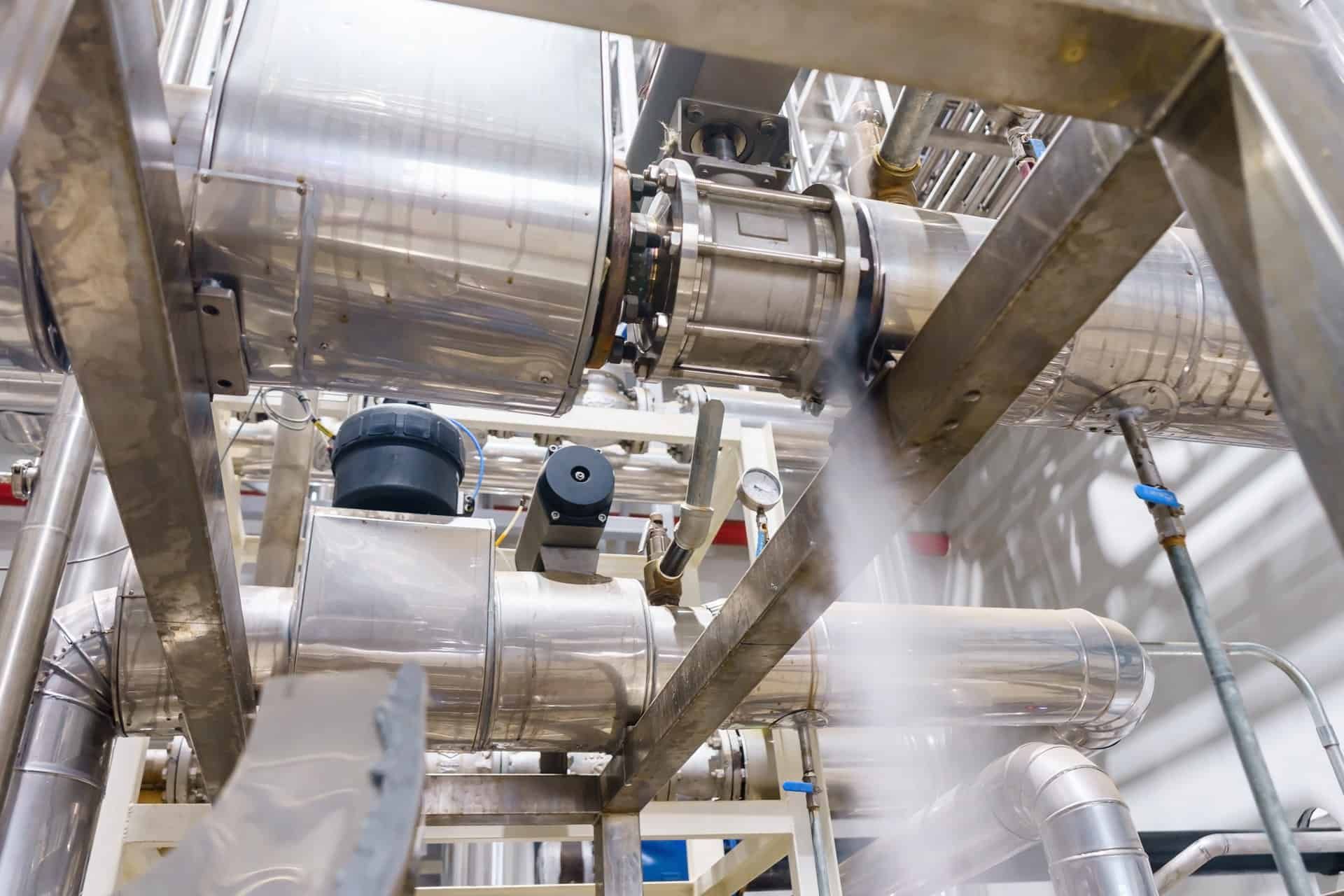An in-depth look into monitoring for steam applications

Steam trap monitoring
With steam still widely used in industry, steam traps serve a critical function separating condensate and non-condensable gases from live steam. Monitoring the physical parameters of a steam trap is key to understanding its performance – both on short and long timescales. Every trap will have a specified (as designed) model of behaviour and detailed monitoring permits that to be compared to a picture of real-world device performance. Synthesising multiple physical measurements – temperatures, acoustics, environmental conditions – creates valuable information about the trap and a wealth of performance data. A rich data set allows rapid changes in performance to be seen, indicating localised or remote failures. Furthermore, the same data set, viewed over longer timescales, allows gradual reductions in performance to be identified and maintenance planned in advance.
Steam system monitoring
While steam functions well as an energy transfer mechanism, it needs careful management and monitoring to ensure efficiency, minimise costs and keep installations safe. A single persistent steam trap leak wastes a significant amount of steam – wasted steam is wasted energy, costly in money and in carbon emissions. Steam traps that have failed closed prevent effective condensate removal, that can lead to water hammer and reduction in system efficiency. With up to 10% of mechanical traps failing in a site each year those costs and performance issues can quickly mount up.
DCO System’s monitoring solution takes the classic monitoring techniques widely utilised by engineers today but makes them automatic, persistent and simple. Our whole system approach maximises the number of components that can be monitored and eliminates much of the onerous manual testing. Tired of sitting with an ultrasound probe waiting for a trap to cycle? Automated monitoring is there non-stop for every event and frees valuable engineer time for non-routine tasks. Pinpointing and detecting problems in real time, steam system monitoring also helps identify areas of improvement for carbon reduction, process efficiency and cost savings.
Our integration of remote sensing and energy harvesting technology finds a natural home in steam systems, a perfect location for our battery free equipment sensors. Harnessing energy from their surroundings found in heat, light, vibration, and ambient electromagnetism. Energy harvesting technology within our sensors is maintenance free and always available.
With DCO Systems, our steam monitoring solutions can give you new insight into your systems.
To find out more go to dcosystems.co.uk email: info@dcosystems.co.uk or call: 01285 359059.
)
)
)